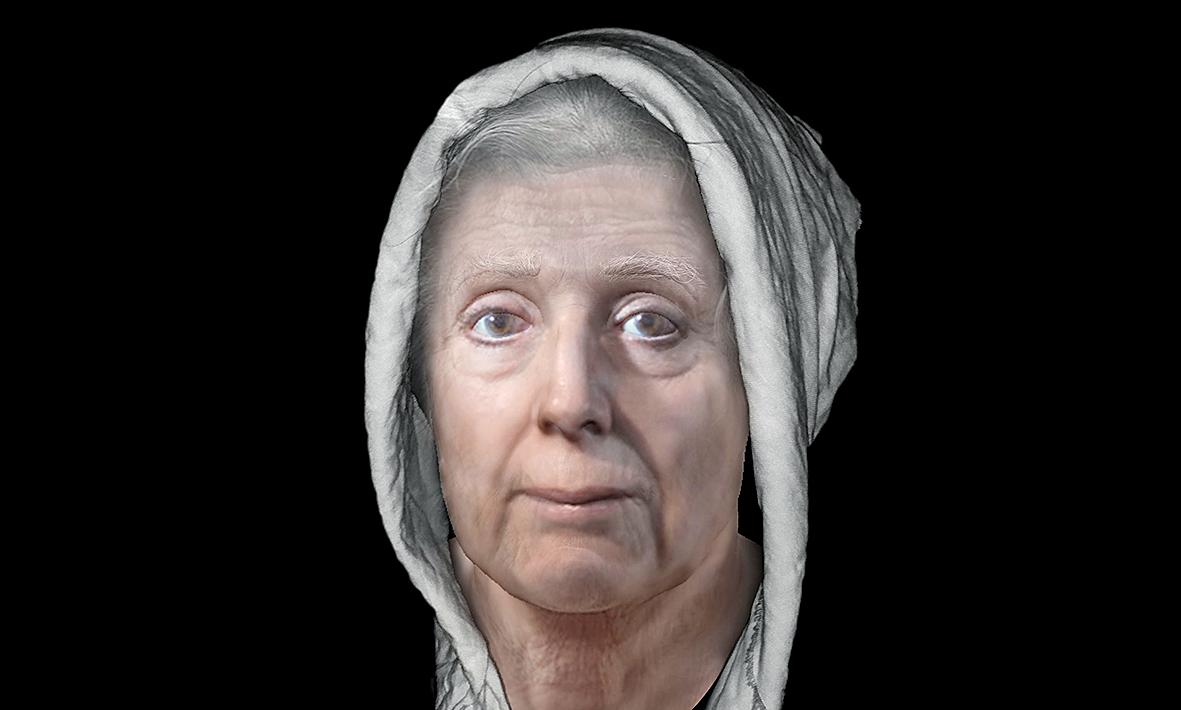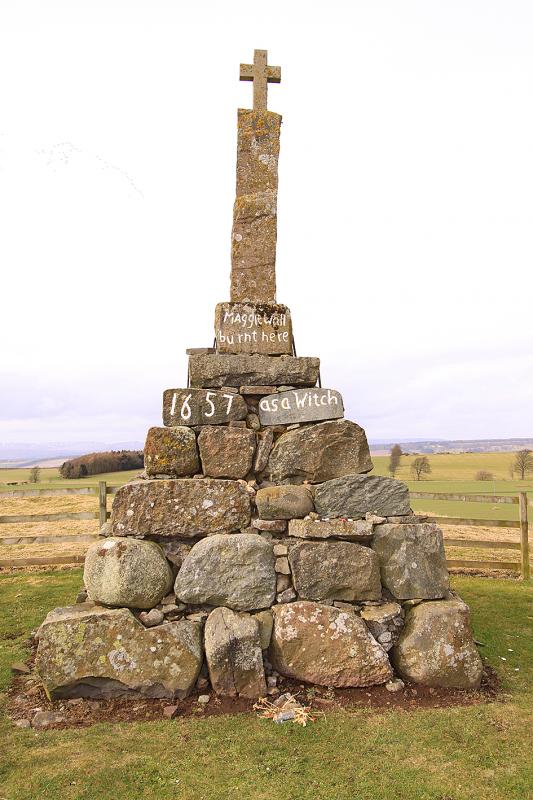From allegations of cursing the king’s ships, to shape-shifting into animals and birds, or dancing with the devil, a satanic panic in early modern Scotland meant that thousands of women were accused of witchcraft in the 16th to 18th centuries with many executed.
Now, three centuries after the Witchcraft Act was repealed, campaigners are on course to win pardons and official apologies for the estimated 3,837 people — 84 percent of whom were women — tried as witches, of which two-thirds were executed and burned.
After a two-year campaign by the Witches of Scotland group, a member’s bill in the Scottish parliament has secured the support of Nicola Sturgeon’s administration to clear the names of those accused, the Sunday Times reported.

Photo courtesy of Wikimedia Commons
The move follows a precedent by the Massachusetts House of Representatives in the US that proclaimed victims of the Salem witch trials innocent in 2001.
Scotland’s indefatigable pursuit of witches between 1563, when the Witchcraft Act was brought in, and 1736, when it was finally repealed, resulted in five “great Scottish witch-hunts” and a series of nationwide trials.
The earliest witch-hunts were sanctioned by James VI of Scotland, later James I of England and Ireland, who believed witches plotted against his Danish bride by summoning up storms to sink his ships. Among those accused in 1590 was Geillis Duncan — whose character featured in the Outlander TV series — and who admitted under torture to meeting the devil to thwart the king’s ships.

Photo courtesy of Wikimedia Commons
Another, Agnes Sampson, had confessed that 200 women witnessed the devil preach at North Berwick on Halloween where the king’s destruction was plotted. Other well-known cases include Lilias Adie, from Torryburn, Fife, accused of casting a spell to cause a neighbor’s hangover; while Issobell Young, executed at Edinburgh Castle in 1629, was said by a stable boy to have shape-shifted into an owl, and was accused of having a coven.
With witchcraft a capital crime, the convicted were usually strangled to death then burned at the stake so as to leave no body to bury. Many confessed under torture, which included sleep deprivation, the crushing and pulling out of fingernails, and pricking of the skin with needles and bodkins to see if the accused bled.
The Witches of Scotland Web site notes that signs associated with witchcraft — broomsticks, cauldrons, black cats and black pointed hats — were things also associated with “alewives,” the name for women who brewed weak beer to combat poor water quality. The broomstick sign was to let people know beer was on sale, the cauldron to brew it, the cat to keep mice down, and the hat to distinguish them at market. Women were ousted from brewing and replaced by men once it became a profitable industry.
Claire Mitchell QC, who leads the Witches of Scotland campaign, said it was seeking pardons, apologies and also a national monument to the mainly female victims of the witch-hunts. “Per capita, during the period between the 16th and 18th century, we [Scotland] executed five times as many people as elsewhere in Europe, the vast majority of them women,” she told the Sunday Times.
“To put that into perspective, in Salem, 300 people were accused and 19 people were executed. We absolutely excelled at finding women to burn in Scotland. Those executed weren’t guilty, so they should be acquitted.”

Feb. 17 to Feb. 23 “Japanese city is bombed,” screamed the banner in bold capital letters spanning the front page of the US daily New Castle News on Feb. 24, 1938. This was big news across the globe, as Japan had not been bombarded since Western forces attacked Shimonoseki in 1864. “Numerous Japanese citizens were killed and injured today when eight Chinese planes bombed Taihoku, capital of Formosa, and other nearby cities in the first Chinese air raid anywhere in the Japanese empire,” the subhead clarified. The target was the Matsuyama Airfield (today’s Songshan Airport in Taipei), which

China has begun recruiting for a planetary defense force after risk assessments determined that an asteroid could conceivably hit Earth in 2032. Job ads posted online by China’s State Administration of Science, Technology and Industry for National Defence (SASTIND) this week, sought young loyal graduates focused on aerospace engineering, international cooperation and asteroid detection. The recruitment drive comes amid increasing focus on an asteroid with a low — but growing — likelihood of hitting earth in seven years. The 2024 YR4 asteroid is at the top of the European and US space agencies’ risk lists, and last week analysts increased their probability

On Jan. 17, Beijing announced that it would allow residents of Shanghai and Fujian Province to visit Taiwan. The two sides are still working out the details. President William Lai (賴清德) has been promoting cross-strait tourism, perhaps to soften the People’s Republic of China’s (PRC) attitudes, perhaps as a sop to international and local opinion leaders. Likely the latter, since many observers understand that the twin drivers of cross-strait tourism — the belief that Chinese tourists will bring money into Taiwan, and the belief that tourism will create better relations — are both false. CHINESE TOURISM PIPE DREAM Back in July

Could Taiwan’s democracy be at risk? There is a lot of apocalyptic commentary right now suggesting that this is the case, but it is always a conspiracy by the other guys — our side is firmly on the side of protecting democracy and always has been, unlike them! The situation is nowhere near that bleak — yet. The concern is that the power struggle between the opposition Chinese Nationalist Party (KMT) and their now effectively pan-blue allies the Taiwan People’s Party (TPP) and the ruling Democratic Progressive Party (DPP) intensifies to the point where democratic functions start to break down. Both